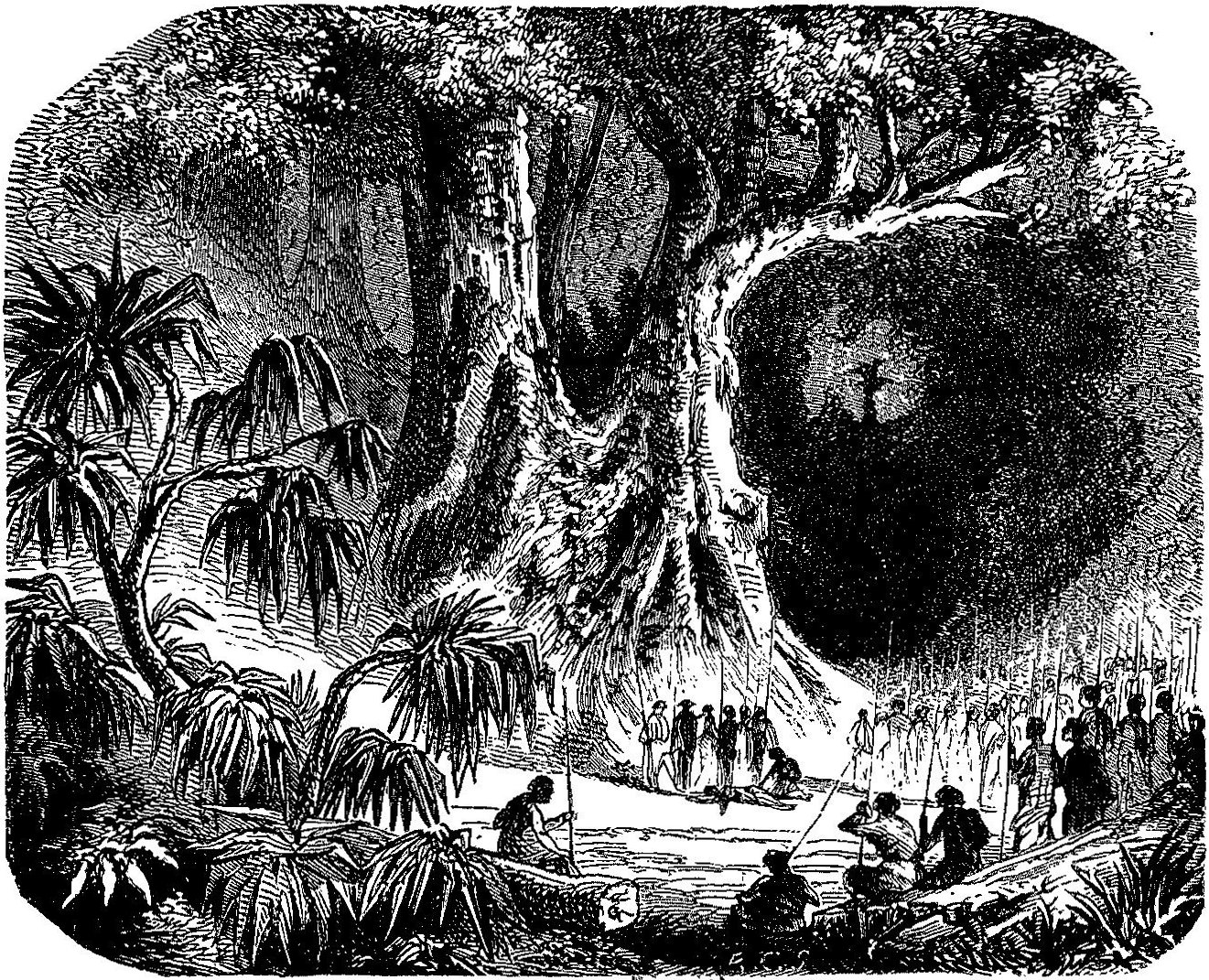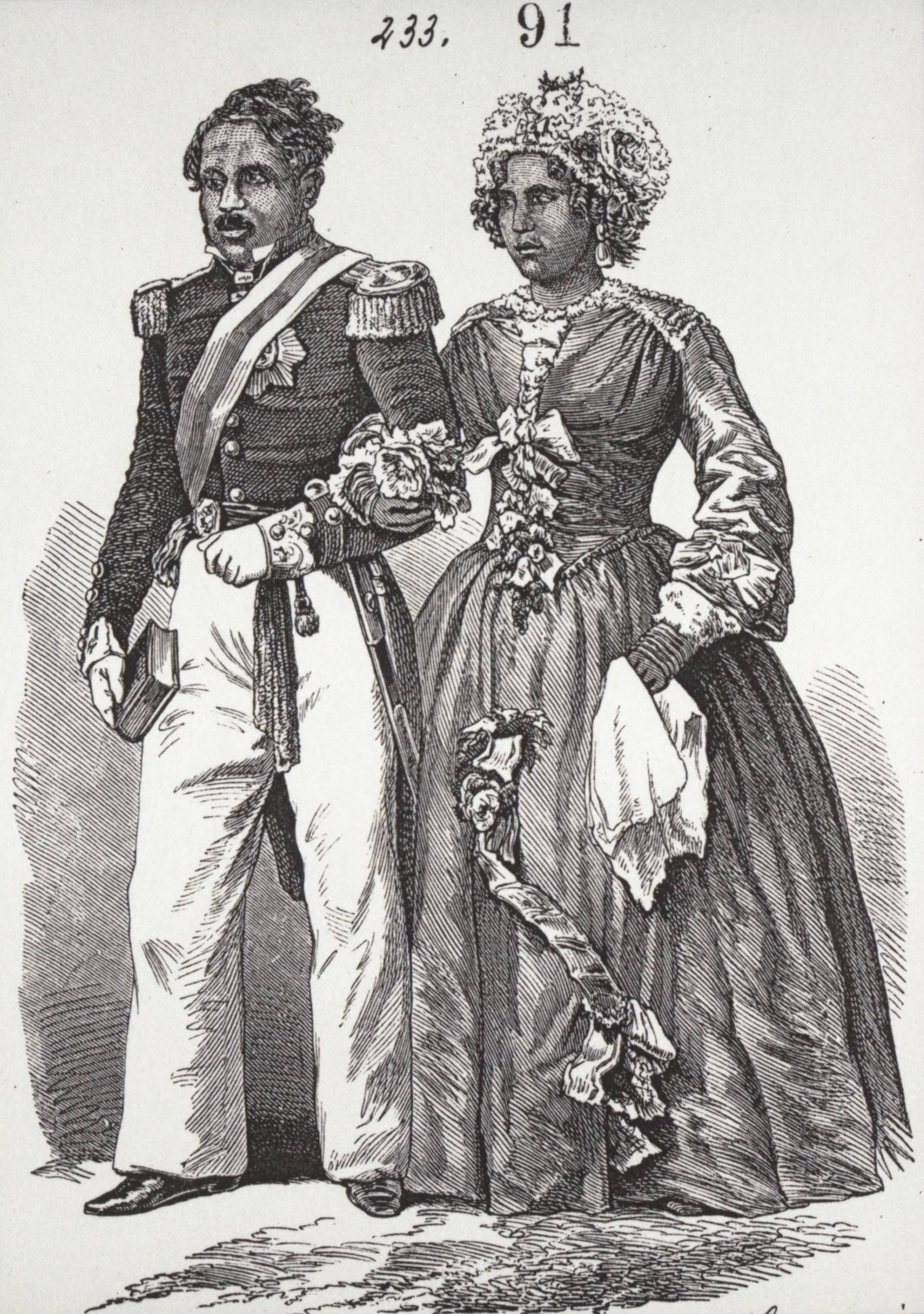|
Tangena
''Tangena'' is the indigenous name for the tree species ''Cerbera manghas'' (family Apocynaceae) of Madagascar, which produces seeds - containing the highly toxic cardiac glycoside cerberin - that were used historically on the island for trials by ordeal, held in order to determine the guilt or innocence of an accused party. The tradition of the tangena ordeal, which has taken various forms over time, dates to at least the 16th century in Imerina, the central highland kingdom that would eventually come to rule the population of nearly the entire island four centuries later. It has been estimated that the poison may have been responsible for the death of as much as 2% of the population of the central province of Madagascar each year on average, with much higher mortality rates at specific periods, such as during the reign of Queen Ranavalona I (1828–1861), when the ordeal was heavily used. The belief in the genuineness and accuracy of the tangena ordeal was so strongly h ... [...More Info...] [...Related Items...] OR: [Wikipedia] [Google] [Baidu] |
Tangena Trial By Ordeal Madagascar
''Tangena'' is the indigenous name for the tree species '' Cerbera manghas'' (family Apocynaceae) of Madagascar, which produces seeds - containing the highly toxic cardiac glycoside cerberin - that were used historically on the island for trials by ordeal, held in order to determine the guilt or innocence of an accused party. The tradition of the tangena ordeal, which has taken various forms over time, dates to at least the 16th century in Imerina, the central highland kingdom that would eventually come to rule the population of nearly the entire island four centuries later. It has been estimated that the poison may have been responsible for the death of as much as 2% of the population of the central province of Madagascar each year on average, with much higher mortality rates at specific periods, such as during the reign of Queen Ranavalona I (1828–1861), when the ordeal was heavily used. The belief in the genuineness and accuracy of the tangena ordeal was so strong ... [...More Info...] [...Related Items...] OR: [Wikipedia] [Google] [Baidu] |
Ranavalona I
Ranavalona I (born Rabodoandrianampoinimerina (also called Ramavo); 1778 – 16 August 1861), also known as Ranavalo-Manjaka I and the “Mad Monarch of Madagascar” was sovereign of the Kingdom of Madagascar from 1828 to 1861. After positioning herself as queen following the death of her young husband, Radama I, Ranavalona pursued a policy of isolationism and self-sufficiency, reducing economic and political ties with European powers, repelling a French attack on the coastal town of Foulpointe, and taking vigorous measures to eradicate the small but growing Malagasy Christian movement initiated under Radama I by members of the London Missionary Society. She made heavy use of the traditional practice of '' fanompoana'' (forced labor as tax payment) to complete public works projects and develop a standing army of between 20,000 and 30,000 Merina soldiers, whom she deployed to pacify outlying regions of the island and further expand the realm. The combination of regular wa ... [...More Info...] [...Related Items...] OR: [Wikipedia] [Google] [Baidu] |
Madagascar
Madagascar (; mg, Madagasikara, ), officially the Republic of Madagascar ( mg, Repoblikan'i Madagasikara, links=no, ; french: République de Madagascar), is an island country in the Indian Ocean, approximately off the coast of East Africa across the Mozambique Channel. At Madagascar is the world's List of island countries, second-largest island country, after Indonesia. The nation is home to around 30 million inhabitants and consists of the island of Geography of Madagascar, Madagascar (the List of islands by area, fourth-largest island in the world), along with numerous smaller peripheral islands. Following the prehistoric breakup of the supercontinent Gondwana, Madagascar split from the Indian subcontinent around 90 million years ago, allowing native plants and animals to evolve in relative isolation. Consequently, Madagascar is a biodiversity hotspot; over 90% of wildlife of Madagascar, its wildlife is endemic. Human settlement of Madagascar occurred during or befo ... [...More Info...] [...Related Items...] OR: [Wikipedia] [Google] [Baidu] |
Radama II
Radama II (September 23, 1829 – May 12, 1863 'contested'' was the son and heir of Queen Ranavalona I and ruled from 1861 to 1863 over the Kingdom of Madagascar, which controlled virtually the entire island. Radama's rule, although brief, was a pivotal period in the history of the Kingdom of Madagascar. Under the unyielding and often harsh 33-year rule of his mother, Queen Ranavalona I, Madagascar had successfully preserved its cultural and political independence from European colonial designs. Rejecting the queen's policy of isolationism and persecution of Christians, Radama II permitted religious freedom and re-opened Madagascar to European influence. Under the terms of the Lambert Charter, which Radama secretly contracted in 1855 with French entrepreneur Joseph-François Lambert while Ranavalona still ruled, the French were awarded exclusive rights to the exploitation of large tracts of valuable land and other lucrative resources and projects. This agreement, which was ... [...More Info...] [...Related Items...] OR: [Wikipedia] [Google] [Baidu] |
Cerbera Manghas
''Cerbera manghas'', the sea mango, is a small evergreen coastal tree growing up to tall. It is native to coastal areas in Africa, Asia, Australasia, and the Pacific islands. It is classified as one of the three species in the genus Cerbera that constitute as mangroves. Description The shiny dark-green leaves grow in a spiral arrangement, and are ovoid in shape. The flowers are fragrant, possessing a white tubular five-lobed corolla about in diameter, with a pink to red throat. They have five stamens and the ovary is positioned above the other flower parts. The fruits are egg-shaped, long. At maturity they turn bright red. Toxicity The leaves and the fruits contain the potent cardiac glycoside cerberin, which is extremely poisonous if ingested. This was utilised in trials of ordeal done towards criminal suspects in the Merina Kingdom ruling the island of Madagascar until the practice was abolished during Radama II's reign. On the opposite spectrum, Fijians use its (''vasa' ... [...More Info...] [...Related Items...] OR: [Wikipedia] [Google] [Baidu] |
Trial By Ordeal
Trial by ordeal was an ancient judicial practice by which the guilt or innocence of the accused was determined by subjecting them to a painful, or at least an unpleasant, usually dangerous experience. In medieval Europe, like trial by combat, trial by ordeal, such as cruentation, was sometimes considered a "judgement of God" ( la, jūdicium Deī, ang, Godes dōm): a procedure based on the premise that God would help the innocent by performing a miracle on their behalf. The practice has much earlier roots, attested to as far back as the Code of Hammurabi and the Code of Ur-Nammu. In pre-modern society, the ordeal typically ranked along with the oath and witness accounts as the central means by which to reach a judicial verdict. Indeed, the term ''ordeal'', Old English ''ordǣl'', has the meaning of "judgment, verdict" (German ''Urteil'', Dutch ''oordeel''), from Proto-Germanic ''*uzdailiją'' "that which is dealt out". Priestly cooperation in trials by fire and water was ... [...More Info...] [...Related Items...] OR: [Wikipedia] [Google] [Baidu] |
Andrianjaka
Andrianjaka reigned over the Kingdom of Imerina in the central highlands region of Madagascar from around 1612 to 1630. Despite being the younger of King Ralambo's two sons, Andrianjaka succeeded to the throne on the basis of his strength of character and skill as a military tactician. The most celebrated accomplishment of his reign was the capture of the hill of Analamanga from a Vazimba king. There he established the fortified compound (''rova'') that would form the heart of his new capital city of Antananarivo. Upon his orders, the first structures within this fortified compound (known as the Rova of Antananarivo) were constructed: several traditional royal houses were built, and plans for a series of royal tombs were designed. These buildings took on an enduring political and spiritual significance, ensuring their preservation until being destroyed by fire in 1995. Andrianjaka obtained a sizable cache of firearms and gunpowder, materials that helped to establish and preserve ... [...More Info...] [...Related Items...] OR: [Wikipedia] [Google] [Baidu] |
Imerina
The Merina Kingdom, or Kingdom of Madagascar, officially the Kingdom of Imerina (–1897), was a pre-colonial state off the coast of Southeast Africa that, by the 19th century, dominated most of what is now Madagascar. It spread outward from Imerina, the Central Highlands region primarily inhabited by the Merina ethnic group with a spiritual capital at Ambohimanga and a political capital west at Antananarivo, currently the seat of government for the modern state of Madagascar. The Merina kings and queens who ruled over greater Madagascar in the 19th century were the descendants of a long line of hereditary Merina royalty originating with Andriamanelo, who is traditionally credited with founding Imerina in 1540. In 1883, France invaded the Merina Kingdom to establish a protectorate. France invaded again in 1894 and conquered the kingdom, making it a French colony, in what became known as the Franco-Hova Wars. History Hova-Vazimba conflict Madagascar's central highla ... [...More Info...] [...Related Items...] OR: [Wikipedia] [Google] [Baidu] |
Rasoherina
Rasoherina (1814 – 1 April 1868) (also Rasoherina-Manjaka) was Queen regnant of Madagascar from 1863 to 1868, succeeding her husband Radama II following his presumed assassination. Early years Rasoherina, niece of Queen Ranavalona I, was born Princess Rabodozanakandriana in 1814, the daughter of Prince Andriantsalamanandriana, of Ambohitraina and Princess Rafaramanjaka (Ramirahavavy). As a young woman, she married Raharolahy (Raharola), a successful statesman in his own right who received 15 state honors and served as Secretary to the Embassy to Great Britain (1836–37), Second Minister for Foreign Affairs in French matters (1862), Minister for the Interior (1862–64), Counselor of Government (1864–65) and Governor of Toamasina (1865). The couple divorced in 1847 and that same year she was married to Ranavalona's son and heir, Rakoto. When he succeeded his mother in 1861 as King Radama II, she was crowned with him as queen consort. Accession to the throne Rasoherina acte ... [...More Info...] [...Related Items...] OR: [Wikipedia] [Google] [Baidu] |
History Of Madagascar
The history of Madagascar is distinguished clearly by the early isolation of the landmass from the ancient supercontinent containing Africa and India, and by the island's late colonization by human settlers from the Sunda islands (Malay Archipelago) and from East Africa. These two factors facilitated the evolution and survival of thousands of endemic plant and animal species, some of which have gone extinct or are currently threatened with extinction. Trade in the Indian Ocean at the time of first colonization of Madagascar was dominated by Indonesian ships, probably of Borobudur ship and K'un-lun po types. Over the past two thousand years the island has received waves of settlers of diverse origins including Austronesian, Bantu, Arab, South Asian, Chinese, and European. The majority of the population of Madagascar today is a mixture of Austronesian and Bantu settlers. Despite popular belief, there has been no genetic input from Arabs or Indians, although one tribe, the Ant ... [...More Info...] [...Related Items...] OR: [Wikipedia] [Google] [Baidu] |
Malagasy Culture
The culture of Madagascar reflects the origins of the people Malagasy people in Southeast Asia, East Africa and Oceania. The influence of Arabs, Indians, British, French and Chinese settlers is also evident. The most emblematic instrument of Madagascar, the '' valiha'', is a bamboo tube zither carried to the island by early settlers from southern Borneo, and is very similar in form to those found in Indonesia and the Philippines today. Traditional houses in Madagascar are likewise similar to those of southern Borneo in terms of symbolism and construction, featuring a rectangular layout with a peaked roof and central support pillar. Reflecting a widespread veneration of the ancestors, tombs are culturally significant in many regions and tend to be built of more durable material, typically stone, and display more elaborate decoration than the houses of the living.Acquier (1997), pp. 143–175 The production and weaving of silk can be traced back to the island's earliest settle ... [...More Info...] [...Related Items...] OR: [Wikipedia] [Google] [Baidu] |







